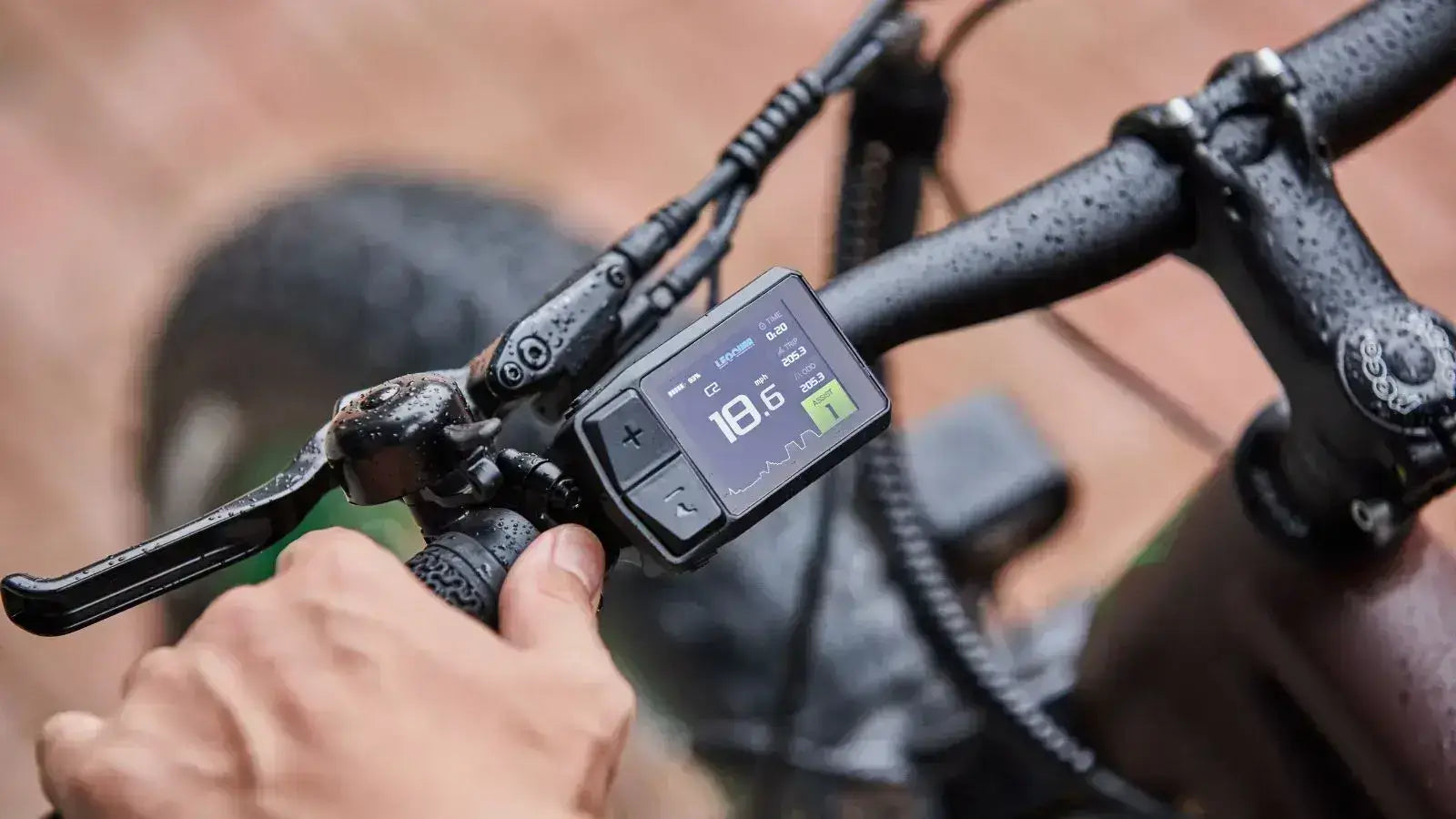
Can Electric Bikes Get Wet? What Every Rider Should Know
Can electric bikes get wet? It’s one of the most common questions riders ask—especially when the weather turns rainy. The short answer is yes, most electric bikes are designed to handle some water, like light rain or puddle splashes. But that doesn’t mean they’re waterproof. Understanding your bike’s water resistance is key to safe and long-lasting riding in wet weather. Most riders wonder: can electric bikes get wet? The answer is yes, but there are limits. The key is understanding what "water-resistant" really means for your electric bike.
Understanding Water Protection
Water protection is measured by something called an IP rating. These ratings tell you how well an e-bike's parts are protected from water. Most e-bikes are only made to handle rain and splashes, not being underwater. You can learn more about IP ratings at Ingress Protection (IP).
Different e-bikes have different levels of water protection. Basic models might only handle light rain, while expensive ones can survive heavy downpours. No matter what kind you have, it's smart to be careful when riding in wet weather. The battery, motor, and display screen need special protection from water damage.
Knowing how to protect your electric bike from water ensures better performance. You should wipe it down after riding in the rain and store it in a dry place. Regular maintenance helps keep the water-resistant seals working properly. Most riders can safely use their e-bikes on rainy days without worrying too much.
Remember that water-resistant doesn't mean waterproof. Your e-bike can handle some rain, but you shouldn't ride through deep water or leave it out in storms. Being smart about wet weather will help your e-bike last longer. The next sections will tell you more about staying safe while riding in wet conditions.
Can Electric Bikes Get Wet? What Waterproof Really Means for E-Bikes
Most people wonder if their e-bikes can handle wet conditions. Electric bikes are built to be water-resistant, not fully waterproof, which is a key difference many riders need to understand. Most e-bikes can handle rain and small puddles without problems. However, submerging your e-bike in water is never a good idea.
Understanding Water Protection
Water-resistant e-bikes have special seals to keep moisture away from important parts. These seals protect the battery, motor, and electronic controls from normal wet weather. The protection level is shown by IP ratings, which tell you how much water an e-bike can handle. Most e-bikes have ratings between IPX4 and IPX6, meaning they can deal with rain and splashes.
Taking care of your e-bike in wet conditions is really important. Make sure to dry it completely after riding in the rain. Regular checks of the battery connections and wiring will help prevent water damage.
Here are some practical tips for riding in wet conditions:
-
Check your e-bike's IP rating before buying
-
Use fenders to keep water away from parts
-
Let your bike dry fully after wet rides
-
Get regular maintenance if you often ride in rain
The word "waterproof" can be misleading when it comes to e-bikes. Your electric bike can handle normal rain and wet roads just fine. Yet treating it carefully in wet conditions will help it last longer and work better.
Think of your e-bike like a phone that's water-resistant. You can use it in the rain, but you wouldn't want to drop it in a pool. This simple comparison helps riders understand what their e-bikes can handle.
Can Electric Bikes Get Wet? Understanding Water Protection Ratings
E-bikes can handle different levels of water exposure. The key to knowing how much water your e-bike can handle lies in understanding IP ratings, which show how well-protected the bike's parts are against water and dust.
What IP Ratings Mean for E-Bikes
An IP rating tells you two important things. These ratings use two numbers to show how well a bike is protected from dust and water, giving riders clear guidelines about what conditions their bikes can handle.
The first number in an IP rating tells you about dust protection. A long and detailed system determines how dust-resistant your e-bike's parts are, from basic protection to complete sealing.
The second number shows water protection levels. Most e-bikes come with ratings like IPX4 or IPX6, meaning they can handle rain and splashes but not submersion in water.
Here's what common IP ratings mean for e-bikes:
| IP Rating | Water Protection Level | What It Means for Riders |
| IPX4 | Splash resistant | Safe for light rain |
| IPX5 | Protected from water jets | Good for regular rain |
| IPX6 | Strong water jet protection | Can handle heavy rain |
| IP65 | Dust and water jet proof | Great all-weather protection |
Most e-bikes are water-resistant, not waterproof. This means they can handle rain and splashes, but shouldn't go through deep water.
Real-world conditions might be different from test conditions. Your best approach is to be careful in wet weather, no matter what rating your bike has.
Always check your e-bike's rating before riding in wet conditions. A bike with IP65 protection offers good safety against water and dust, while IPX4 means you should be more careful in heavy rain. These ratings are based on international standards such as UL 2849, and respected manufacturers like Bosch and Shimano also provide guidance for water-resistant components.
Regular maintenance helps keep your e-bike safe in wet conditions. After riding in rain, dry your bike thoroughly to protect its parts.
Remember that even bikes with high IP ratings need care in wet weather. Smart riding habits and regular maintenance are just as important as good water protection.
Understanding these ratings helps you make better choices about when and where to ride. While many e-bikes can handle wet conditions, knowing your bike's limits keeps both you and your bike safe.
Can I Ride My Electric Bike in the Rain?
Yes, electric bikes can get wet. Most e-bikes are built with water-resistant components, meaning you can safely ride in light rain, through puddles, or on wet roads. Commuters often ride year-round, and trail riders may face sudden rain or muddy paths. As long as you follow basic care and avoid deep water, riding in wet weather is perfectly fine.
Best Practices for Riding in Wet Conditions
E-bikes can handle wet weather, but you need to be careful when riding in the rain. Taking a few simple steps will keep you safe and protect your bike's electrical parts from water damage.
Before You Ride
You should check your e-bike carefully before riding in wet conditions. Look at all the water-resistant seals and connections to make sure they're in good shape. This quick inspection could save you from problems later.
Check that your fenders are tight and your tires have enough air. The brakes need to work well since wet roads mean longer stopping times. Your bike's display screen and battery case should be firmly sealed.
Riding in the Rain
Wet roads can be tricky, so you'll need to change how you ride. Take it slow and steady when the streets are wet. Watch out for deep puddles that could harm your bike's electrical parts.
Brake gently and don't speed up too fast on wet roads. Keep your body relaxed and ready to move if you hit a slippery spot. Using rain gear like waterproof gloves and bags will make your ride more comfortable.
Wet Weather Riding: Do's and Don’ts
- DO wear bright clothing and use front/rear lights to stay visible.
- DO lower your tire pressure slightly for better grip on slick roads or trails.
- DON’T ride on closed or muddy trails—check with local bike shops before hitting dirt paths after rain.
- DON’T brake suddenly or accelerate sharply on slippery surfaces like wet pavement, painted road markings, or metal.
- DO maintain balance when turning on wet roads to avoid sliding.
- DON’T attempt to ride through deep water where your motor or battery could get submerged. If you must cross, turn off your e-bike power and walk the bike through.
After Your Ride
Clean your bike after riding in the rain to prevent rust. Use a soft towel to dry everything, especially around the battery. A quick wipe can stop water from causing problems later.
Look for any signs of water getting where it shouldn't be. Put some oil on your chain to keep it running smoothly. Store your bike somewhere dry when you're done riding.
Regular checkups by a bike shop can catch problems early. They can make sure all the waterproof seals are working right. Taking care of your e-bike helps it last longer and stay safe in any weather.
Remember that water-resistant doesn't mean waterproof. Even bikes with good IP ratings need proper care. By following these steps, you can enjoy riding your e-bike even when it's wet outside.
Keep an eye on your bike's condition over time. Quick fixes now can prevent bigger problems later. With the right care, your e-bike will keep running well through many rainy rides.
How to Wash Your E-Bike Without Damaging It
Cleaning your e-bike after a muddy ride is important—but be careful not to damage its electrical parts. Never use a high-pressure hose or jet wash, as strong water force may break seals and let moisture inside.
Instead, use a soft sponge with a bucket of water and mild soap. Wipe down the frame gently, and use a toothbrush to clean between gears. Dry the bike completely with a towel and inspect the battery mount, charging port, and connectors for hidden moisture. A small investment in cleaning gear goes a long way in keeping your e-bike in great shape.
Extra Care for Muddy Rides
Even if you’re only riding on wet pavement, rainwater can carry dirt and debris into your drivetrain. If you ride in the rain often or take gravel or dirt paths, rinse off your e-bike gently after every ride. Dry thoroughly and check for any build-up near the brakes, chain, or motor casing.
You may also want to install fenders to block splashes and keep your bike—and clothes—cleaner. Riders who go out frequently in wet conditions may also benefit from waterproof panniers or gloves for extra comfort.
Safety Tips for Wet Weather
Always make sure charging ports are completely dry before plugging in your bike. This simple step can prevent damage to your bike's electrical parts and keep you safe. Remember that water resistance doesn't mean your bike can handle being underwater or exposed to heavy rain for a long time.
Taking care of your e-bike in wet weather isn't hard. Just wipe it down after wet rides, keep an eye on the important parts, and follow what the maker says about maintenance. If you do these basic things and know your bike's limits, you can enjoy riding even when it's wet outside.
Best Waterproof E-Bikes from Leoguar
Leoguar Bike makes e-bikes that work well in the rain. Their bikes have special features that keep water out of important parts, which means you can ride them even when it's wet outside.

Top Picks for Wet Weather Riding
• Zephyr ST Beach Ebike The Zephyr ST Beach Ebike keeps water out while looking great. Its sealed motor and battery case protect against rain and splashes, making it perfect for beach rides or city trips in wet weather.
• Sprint Fat Tire Utility Ebike This bike is built tough for riding in wet conditions. Wide tires help you stay steady on slippery roads and wet trails. Special seals keep water away from electrical parts, which helps the bike last longer.
Both bikes show how Leoguar puts quality first. These e-bikes are perfect for people who often ride in the rain. They meet all safety rules while giving you a smooth ride in bad weather.
Your Leoguar water-resistant e-bike will handle wet conditions well. Pick the sleek Zephyr ST for city rides, or choose the tough Sprint Fat Tire for rougher trails - either way, you'll stay dry and safe. The smart design keeps water out while letting you enjoy your ride, rain or shine.
Real Commuter Insights: Riding in the Rain Every Day
Some electric bike riders commute year-round, rain or shine. In cities like Seattle or London, wet weather is just part of the ride. These everyday riders often rely on extra accessories like waterproof panniers, rain capes, and water-sealed phone mounts to stay dry and protected.
Regular use in rain also teaches riders to carry microfiber cloths for quick drying and to install frame-mounted mudguards to avoid spray. Many choose e-bikes with IPX6 or IP65 ratings for added peace of mind. If you’re planning to ride often in wet conditions, these small changes can make a big difference in comfort and safety.
Michael, a daily commuter in NYC, shared that his Leoguar Sprint handled months of rainy rides with no issues, especially thanks to the sealed battery case and full-coverage fenders.
Does Water Damage Void Your E-Bike Warranty?
It depends on your e-bike’s manufacturer. While most electric bikes come with some water-resistant design, water damage is often not covered under standard warranties—especially if caused by riding through deep water or improper cleaning methods. If your bike gets wet and something breaks, your warranty may be voided.
Always read the warranty policy carefully before riding in the rain. Some brands clearly state which IP rating is required for wet weather use. If you’re unsure, contact the manufacturer or dealer for clarification. Riding responsibly in the rain and following proper maintenance steps helps protect both your e-bike and your warranty.
Water-Resistant vs. Waterproof: Final Thoughts
So, can electric bikes get wet? Absolutely—but understanding the difference between water-resistant and waterproof is crucial. Electric bikes with IPX4 to IPX6 ratings can handle everyday wet weather, but they aren’t built to survive full submersion or pressure washing.
Think of your electric bike like a water-resistant smartwatch: safe in the rain, but not something you’d want to dunk in a river.
Choose the right model, take care of your bike, and follow smart wet-weather habits—and you’ll enjoy smooth, safe rides, rain or shine.
Final Word: Can Electric Bikes Get Wet?
So, can electric bikes get wet? Yes—**as long as you respect their limits**. Most are water-resistant, not waterproof. Learn your bike’s IP rating, ride smart in the rain, and choose well-built models like Leoguar’s Zephyr ST or Sprint Fat Tire Utility Ebike for wet weather peace of mind.
Want an e-bike that performs rain or shine? Explore Leoguar's water-resistant lineup today.
⚠️ Always follow local traffic laws when riding in the rain, and remember that safety comes first—Leoguar does not recommend riding during heavy storms or floods.
FAQs
1. What IP rating should an e-bike have for riding in the rain?
Most e-bikes should have at least an IPX4 rating for safe riding in light rain, while IPX5 or IPX6 is better for regular wet weather use. For more information, check the Leoguar product manual or visit the official Leoguar Warranty & Support page for water-resistance guidance.
2. Can I ride my electric bike through deep puddles?
No, even water-resistant e-bikes shouldn't be ridden through deep puddles as this can damage electrical components.
3. How do I maintain my e-bike after riding in wet conditions?
Wipe down the bike thoroughly, pay special attention to electrical components, and store it in a dry place.
4. Is it safe to charge my e-bike right after riding in the rain?
No, wait until all charging ports and connections are completely dry before plugging in your e-bike.
5. Does water resistance mean my e-bike is fully waterproof?
No, water resistance only means your e-bike can handle light rain and splashes, not full submersion or heavy downpours.
6. Can you leave an electric bike in the rain overnight?
It's not recommended. Extended exposure may cause water to seep into sensitive components.
7. Which electric bikes are best for rainy weather?
Look for models with IPX5 or IPX6 ratings and features like sealed motors and fenders—like the Leoguar Zephyr ST.



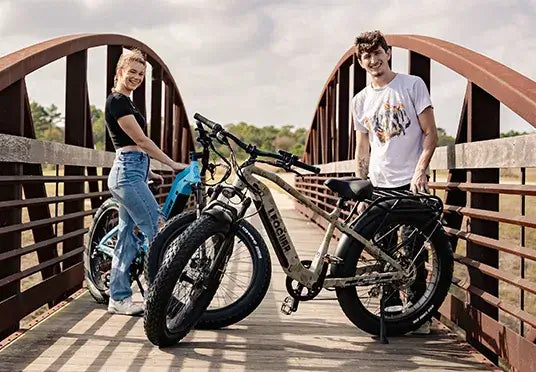
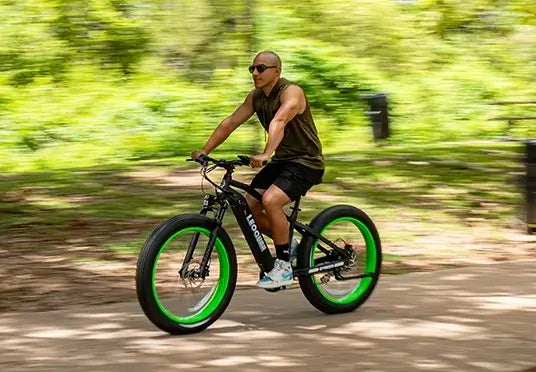
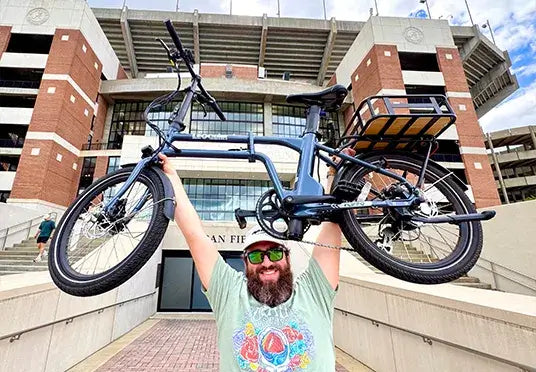
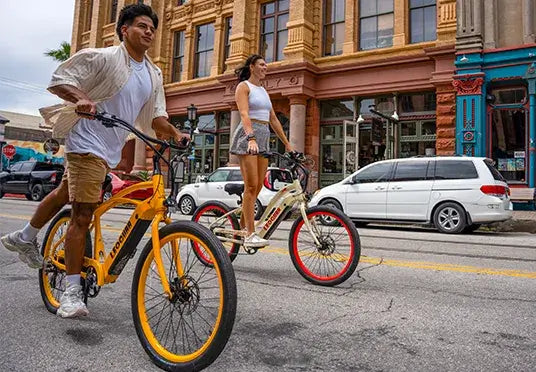
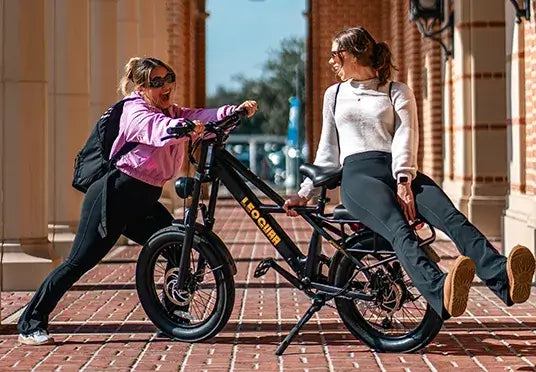
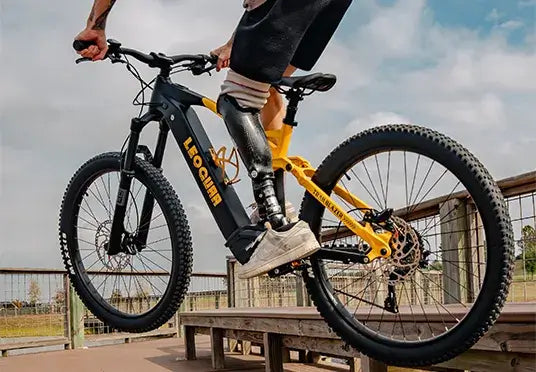

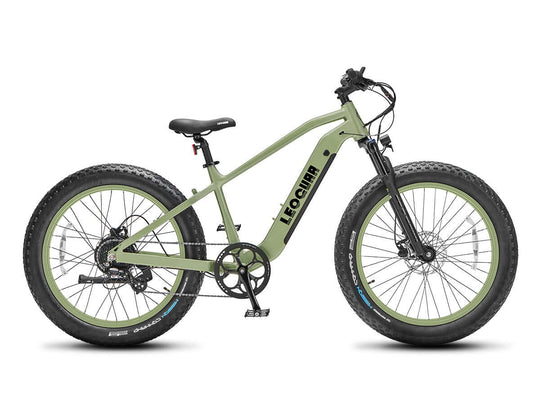
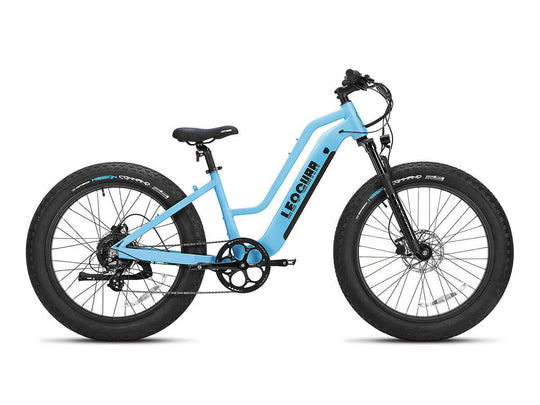
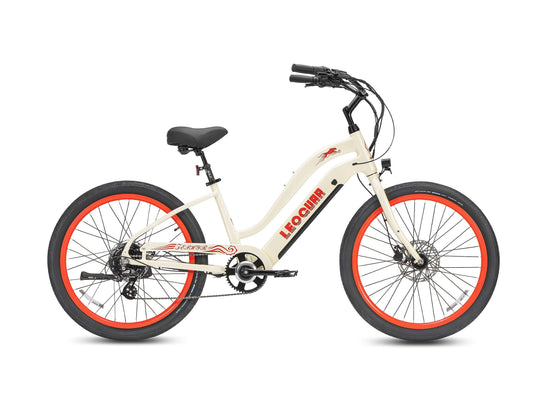
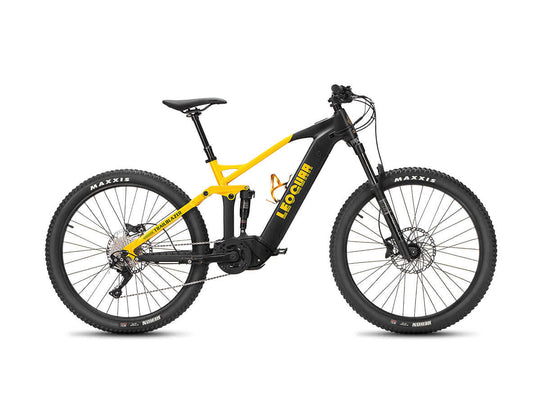
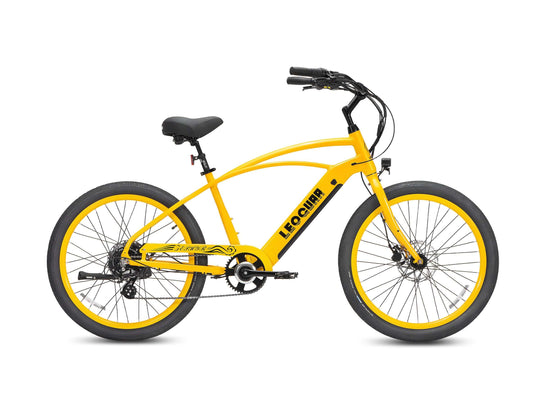
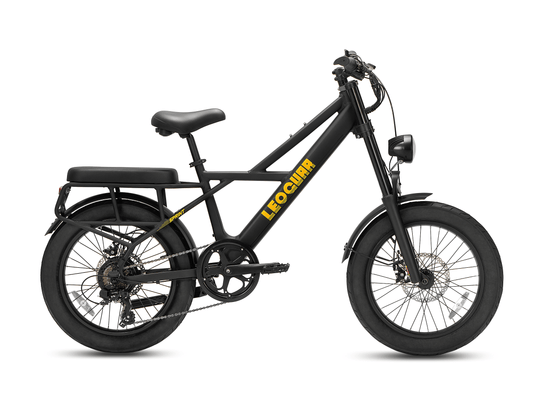

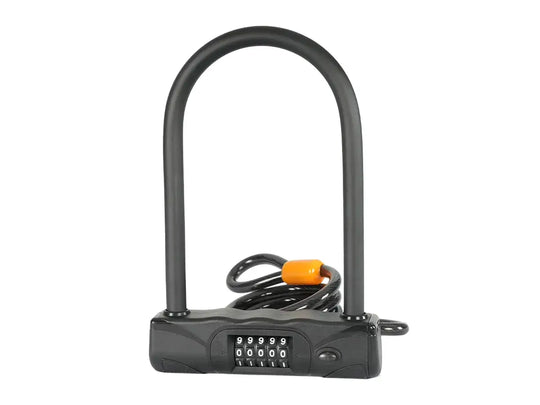
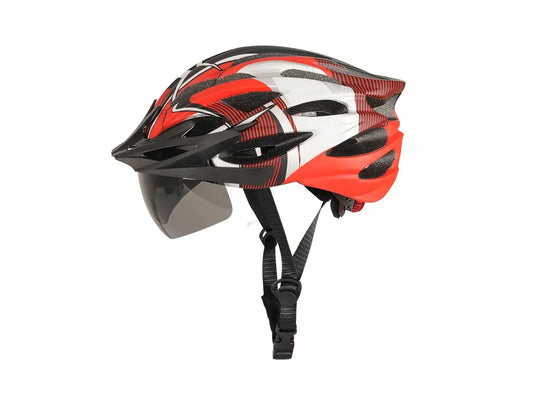
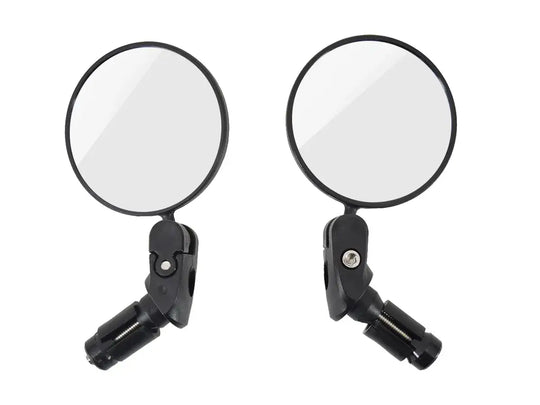

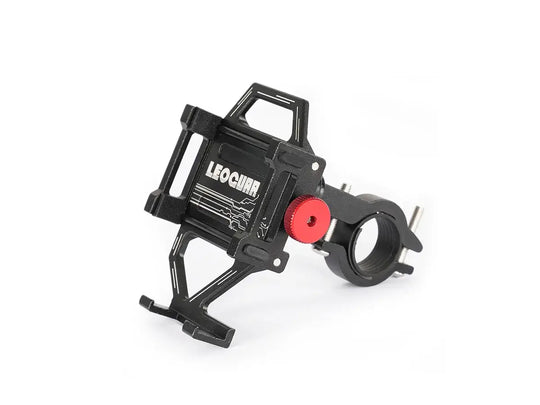
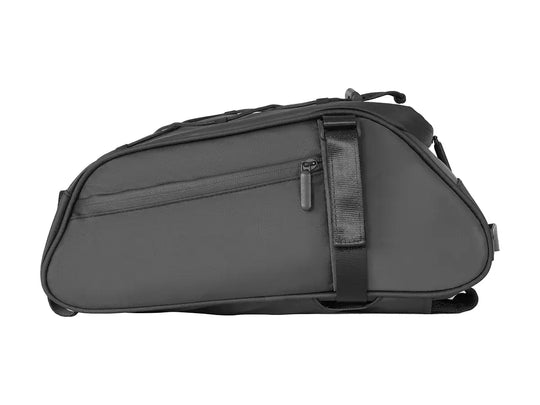
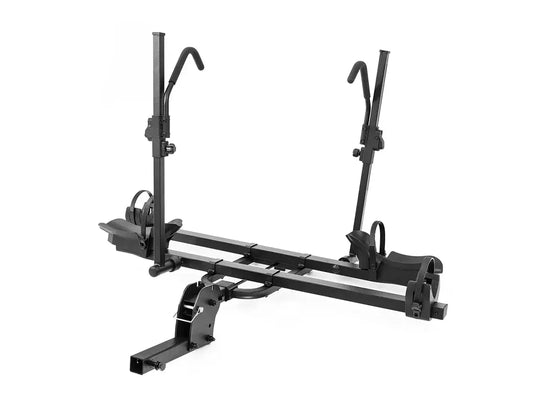
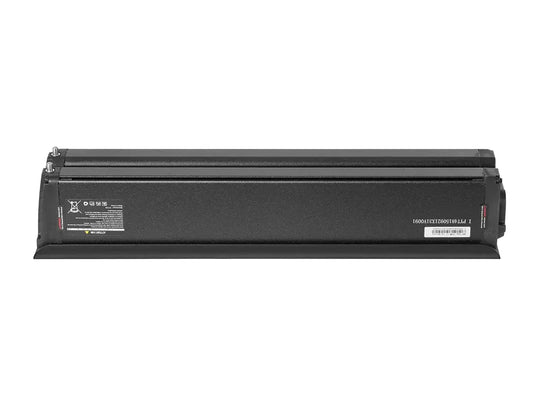
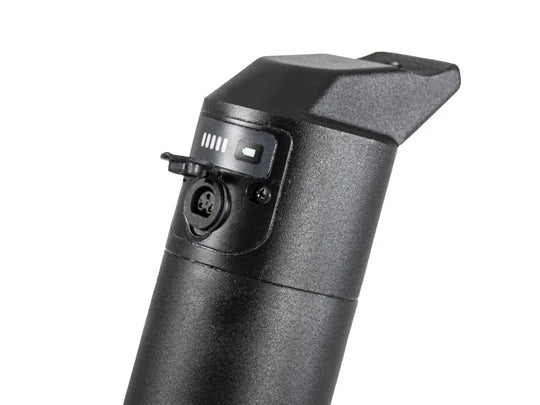
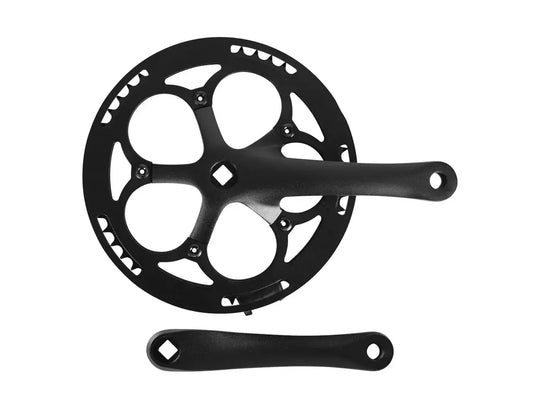
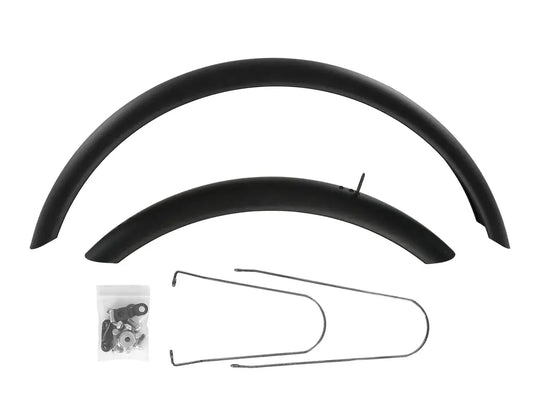
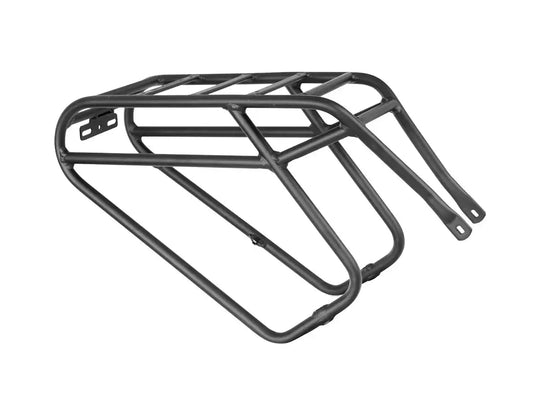
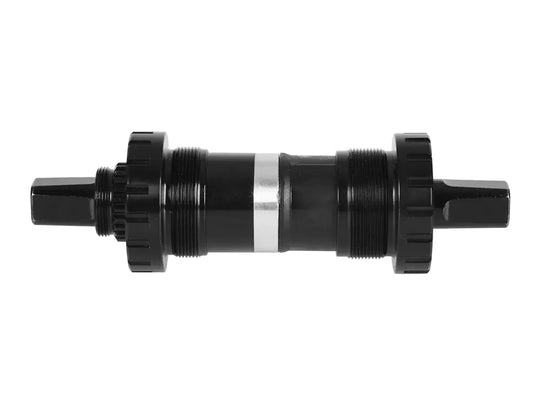
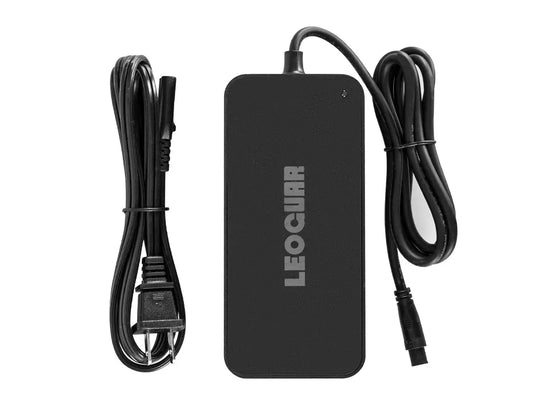
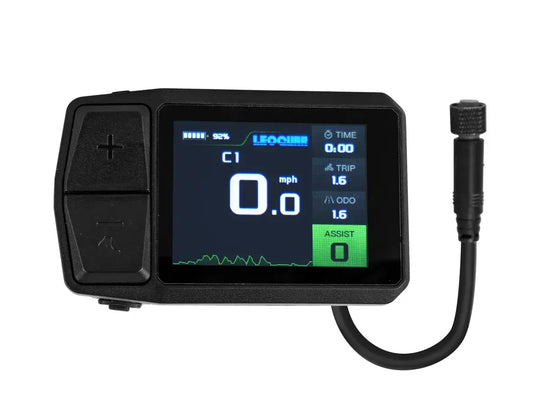
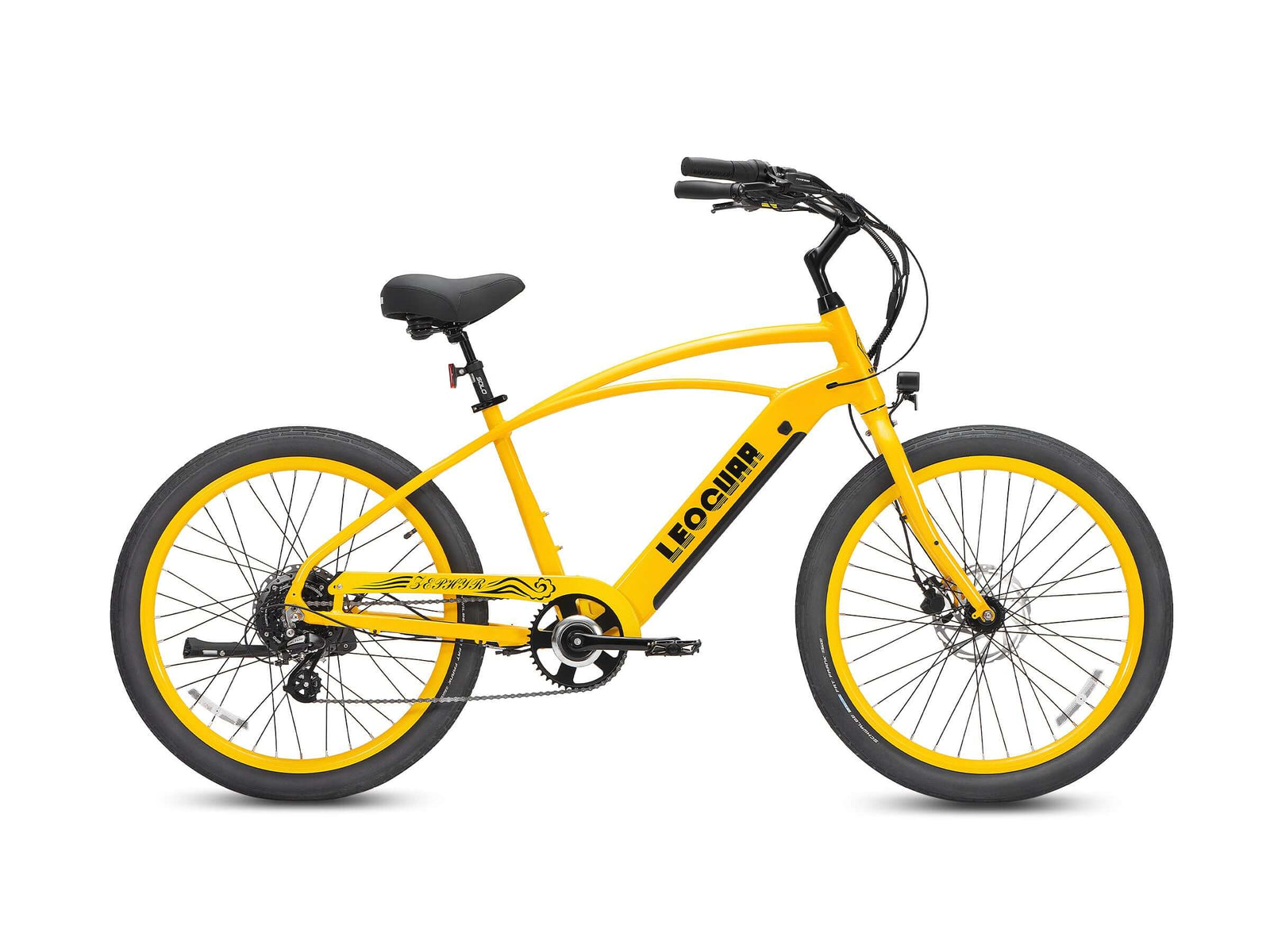








Leave a comment